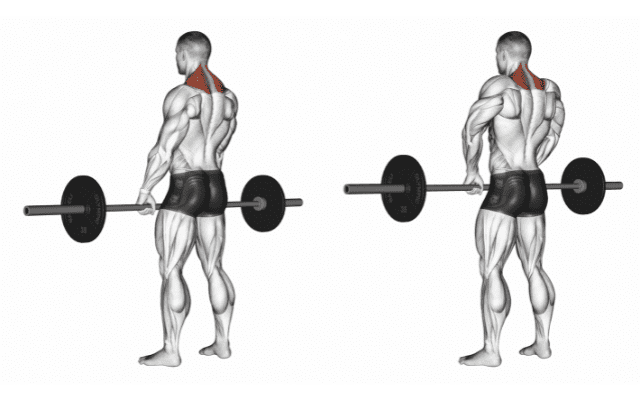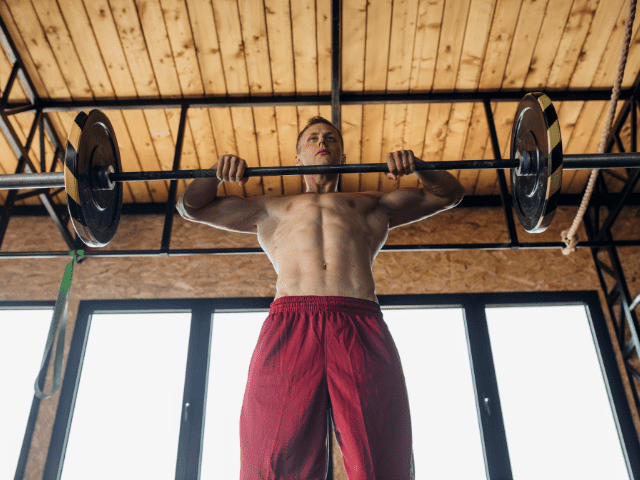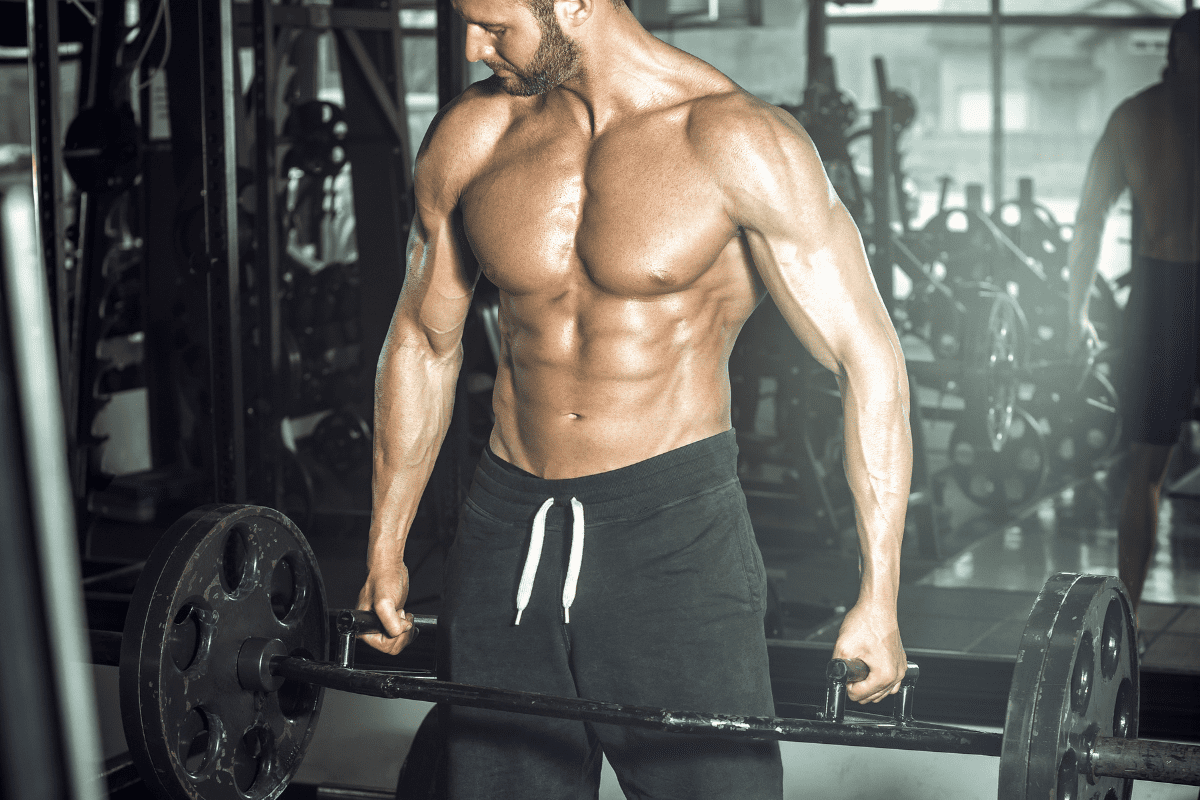Trap Bar Shrugs (How To, Muscles Worked, Benefits)
Trap Bar Shrugs are one of my all-time favorite lifts. Partly because I was always good at them and partly because I always wanted big traps. However, as a coach looking to reduce the risk of injury, developing a strong neck is important to try to reduce head and neck injuries.
In this guide, I will teach you how to properly do Trap Bar Shrugs, explain what muscles they work and give you a few variations.
How To Do Trap Bar Shrugs
Equipment Needed
- Trap Bar (or Hex Bar as they’re also known)
- Weight Plates (either Bumper Plates or Steel Plates will work fine)
- Lifting Straps (optional)
Step-by-Step Instructions
- Place feet hip-width apart, brace the core and stand tall with the bar
- Now shrug up, visualizing touching your traps to your ears.
- Do NOT ‘roll’ the shoulders. Shrug straight up and down.
- Control the weight back down to the starting position and repeat.
Coaching Points
Shrugs already have a short range of motion. Don’t shorten the range of motion even further by adding more weight than you can properly lift. (A mistake I see quite often)
Elevating a trap bar up onto lifting blocks, or on the rack if your trap bar is capable, will make the lift much easier to get set up for. Otherwise you’ll need to pick the bar up off the floor for each set which can start to be a challenge with heavier weight.
PRO TIP: Hex Bars can vary a good bit in weight, keep this in mind if you’re loading a hex bar that you don’t normally work with.
Should I Use Lifting Straps When I Shrug?
We generally had a rule in the weight rooms that I’ve worked in that you were allowed to use straps once you had 405 pounds on the bar. Anything less than that and you had to rely on your grip.
I’m still a big fan of this rule because it still allows the lifter to work on grip strength for lighter sets and still be able to lock into heavier weight to focus on the traps. Keep in mind though, that this is dealing with collegiate football players. I would suggest adjusting the weight standard for straps based on your situation.
If you’re new to using straps and wouldn’t mind a quick tutorial, I created a ‘How To Use Straps‘ you can check out.
Muscles Worked
All shrugs, including Trap Bar Shrugs, primarily emphasize the upper trapezius muscle with a smaller secondary emphasis on the deltoids.
Trap Bar Shrug Variations
Looking to add some variety to your training or need an alternative because of a lack of equipment? You may be able to give these exercises a try:
Barbell Shrugs

The most common alternative if you don’t have a trap bar is to use a regular barbell for Barbell Shrugs.
The movement itself will stay exactly the same. The only big difference will be the grip. Consider using a hook grip or alternated grip once you start using heavy weight to keep the barbell from rolling out of your hands.
Dumbbell Shrugs
The other most common variation of Trap Bar Shrugs is Dumbbell Shrugs. This works great if you don’t have a hex bar or to add variation to your training program. The movement itself stays exactly the same.
Kettlebells can be used as well if you have access to kettlebells.
Barbell Upright Row

Another good alternative for hitting the upper trapezius is the Barbell Upright Row. Outside of shrugs, upright rows probably target the upper traps more than any other exercise.
If you find that doing upright rows with a barbell are uncomfortable, you can also try them with dumbbells instead.
More Links and Info
For more lifts focused on the chest, shoulders and back check out the Upper Body Lifts section of the Exercise Library.

